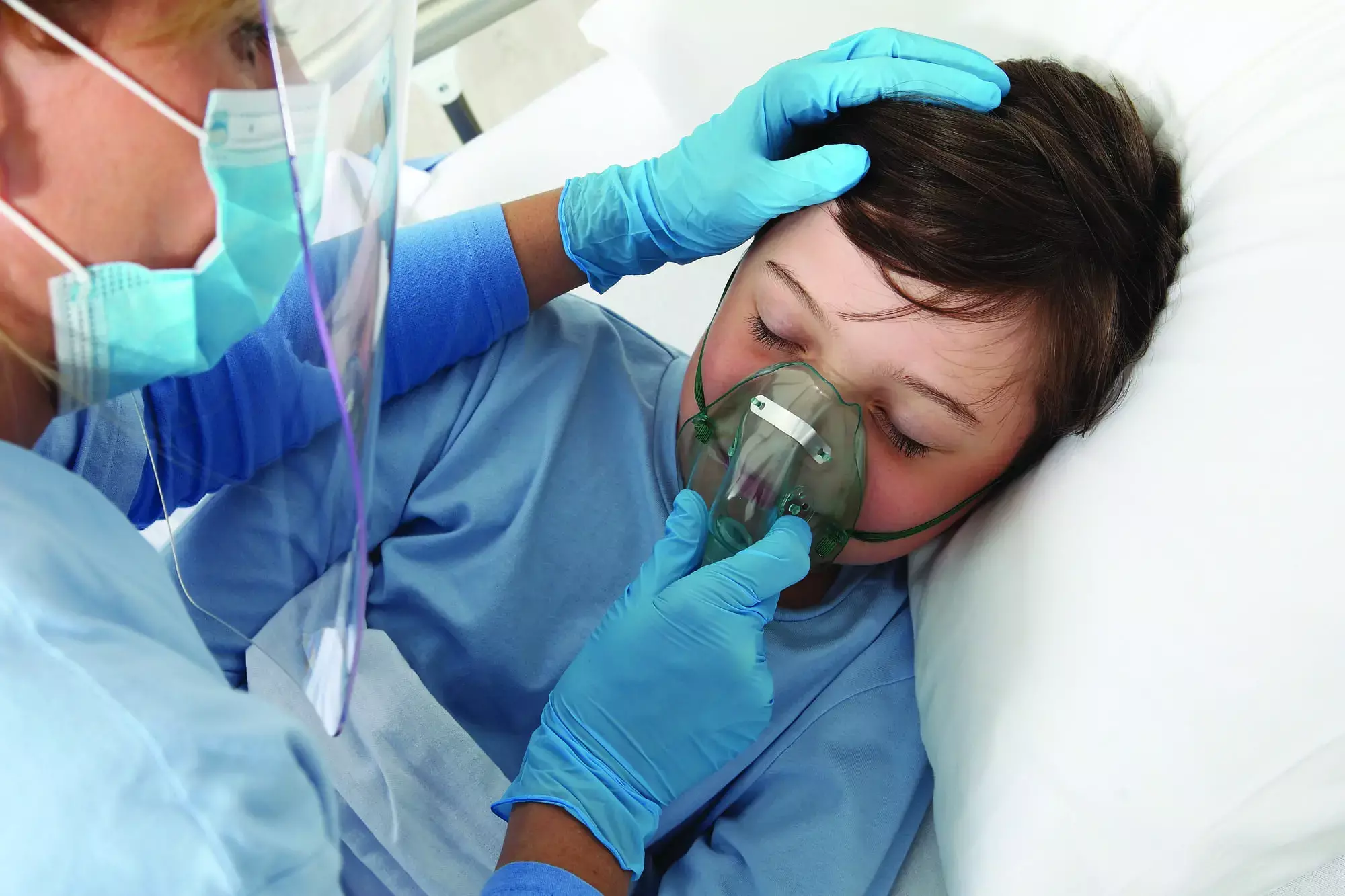- Home
- Medical news & Guidelines
- Anesthesiology
- Cardiology and CTVS
- Critical Care
- Dentistry
- Dermatology
- Diabetes and Endocrinology
- ENT
- Gastroenterology
- Medicine
- Nephrology
- Neurology
- Obstretics-Gynaecology
- Oncology
- Ophthalmology
- Orthopaedics
- Pediatrics-Neonatology
- Psychiatry
- Pulmonology
- Radiology
- Surgery
- Urology
- Laboratory Medicine
- Diet
- Nursing
- Paramedical
- Physiotherapy
- Health news
- Fact Check
- Bone Health Fact Check
- Brain Health Fact Check
- Cancer Related Fact Check
- Child Care Fact Check
- Dental and oral health fact check
- Diabetes and metabolic health fact check
- Diet and Nutrition Fact Check
- Eye and ENT Care Fact Check
- Fitness fact check
- Gut health fact check
- Heart health fact check
- Kidney health fact check
- Medical education fact check
- Men's health fact check
- Respiratory fact check
- Skin and hair care fact check
- Vaccine and Immunization fact check
- Women's health fact check
- AYUSH
- State News
- Andaman and Nicobar Islands
- Andhra Pradesh
- Arunachal Pradesh
- Assam
- Bihar
- Chandigarh
- Chattisgarh
- Dadra and Nagar Haveli
- Daman and Diu
- Delhi
- Goa
- Gujarat
- Haryana
- Himachal Pradesh
- Jammu & Kashmir
- Jharkhand
- Karnataka
- Kerala
- Ladakh
- Lakshadweep
- Madhya Pradesh
- Maharashtra
- Manipur
- Meghalaya
- Mizoram
- Nagaland
- Odisha
- Puducherry
- Punjab
- Rajasthan
- Sikkim
- Tamil Nadu
- Telangana
- Tripura
- Uttar Pradesh
- Uttrakhand
- West Bengal
- Medical Education
- Industry
Reduced HFNC oxygen therapy among kids with bronchiolitis tied to shorter length of hospital stay

Reduced HFNC oxygen therapy among kids with bronchiolitis linked to shorter length of hospital stay suggests a new study published in the Pediatrics.
High-flow nasal cannula oxygen therapy (HFNC) is increasingly used to treat bronchiolitis. However, HFNC has not reduced time on supplemental oxygen, length of stay (LOS), or ICU admission. Our objective was to reduce HFNC use in children admitted for bronchiolitis from 41% to 20% over 2 years.
Using quality improvement methods, our multidisciplinary team formulated key drivers, including standardization of HFNC use, effective communication, knowledgeable staff, engaged providers and families, data transparency, and high-value care focus. Interventions included: (1) standardized HFNC initiation criteria, (2) staff education, (3) real-time feedback to providers, (4) a script for providers to use with families about expectations during admission, (5) team huddle for patients admitted on HFNC to discuss necessity, and (6) distribution of a bronchiolitis toolkit. We used statistical process control charts to track the percentage of children with bronchiolitis who received HFNC. Data were compared with a comparison institution not actively involved in quality improvement work around HFNC use to ensure improvements were not secondary to the COVID-19 pandemic alone.
RESULTS
Over 10 months of interventions, we saw a decrease in HFNC use for patients admitted with bronchiolitis from 41% to 22%, which was sustained for >12 months. There was no change in HFNC use at the comparison institution. The overall mean LOS for children with bronchiolitis decreased from 60 to 45 hours.
Research successfully reduced HFNC use in children with bronchiolitis, improving delivery of high-value and evidence-based care. This reduction was associated with a 25% decrease in LOS.
Reference:
Jennifer D. Treasure, Matthew J. Lipshaw, Preston Dean, Zachary Paff, Anita Arnsperger, Justin Meyer, Matthew Gillen, Natalie Segev, Laura Woeste, Randi Mullaney, William O’Neill, Anne Fallon, Candace Gildner, Patrick W. Brady, Angela M. Statile; Quality Improvement to Reduce High-Flow Nasal Cannula Overuse in Children With Bronchiolitis. Pediatrics September 2023; 152 (3): e2022058758. 10.1542/peds.2022-058758
Keywords:
Reduced, HFNC, oxygen, therapy, among, kids, bronchiolitis, linked, shorter, length, hospital stay, Jennifer D. Treasure, Matthew J. Lipshaw, Preston Dean, Zachary Paff, Anita Arnsperger, Justin Meyer, Matthew Gillen, Natalie Segev, Laura Woeste, Randi Mullaney, William O’Neill, Anne Fallon, Candace Gildner, Patrick W. Brady, Angela M. Statile, Pediatrics
Dr. Shravani Dali has completed her BDS from Pravara institute of medical sciences, loni. Following which she extensively worked in the healthcare sector for 2+ years. She has been actively involved in writing blogs in field of health and wellness. Currently she is pursuing her Masters of public health-health administration from Tata institute of social sciences. She can be contacted at editorial@medicaldialogues.in.
Dr Kamal Kant Kohli-MBBS, DTCD- a chest specialist with more than 30 years of practice and a flair for writing clinical articles, Dr Kamal Kant Kohli joined Medical Dialogues as a Chief Editor of Medical News. Besides writing articles, as an editor, he proofreads and verifies all the medical content published on Medical Dialogues including those coming from journals, studies,medical conferences,guidelines etc. Email: drkohli@medicaldialogues.in. Contact no. 011-43720751


